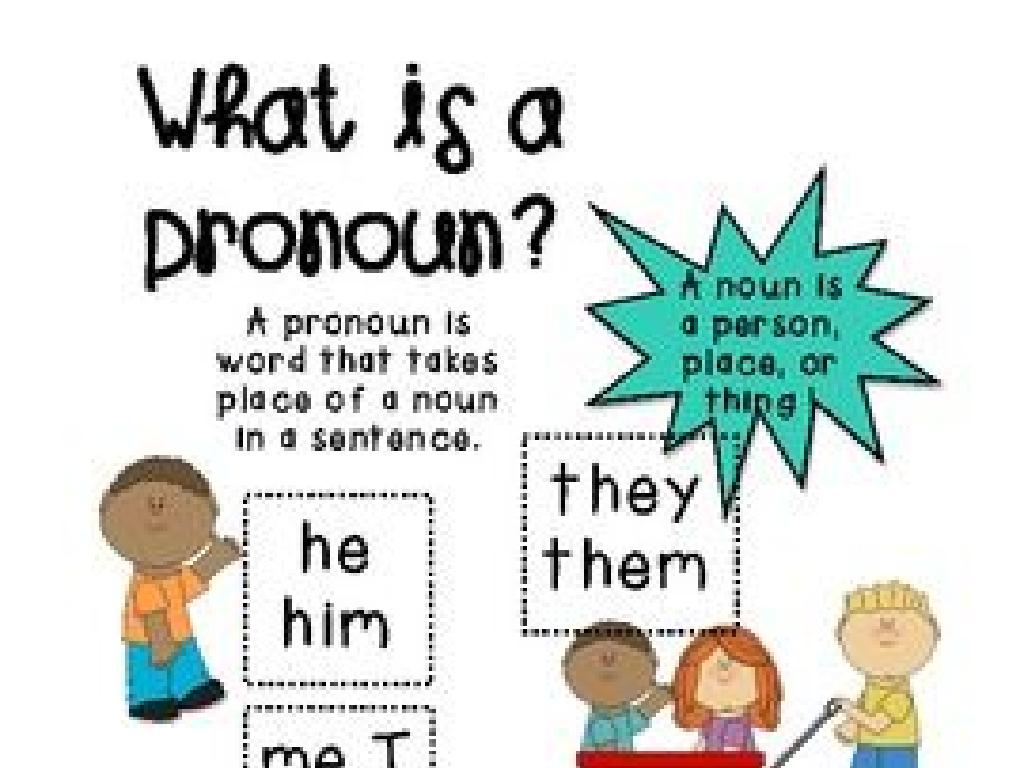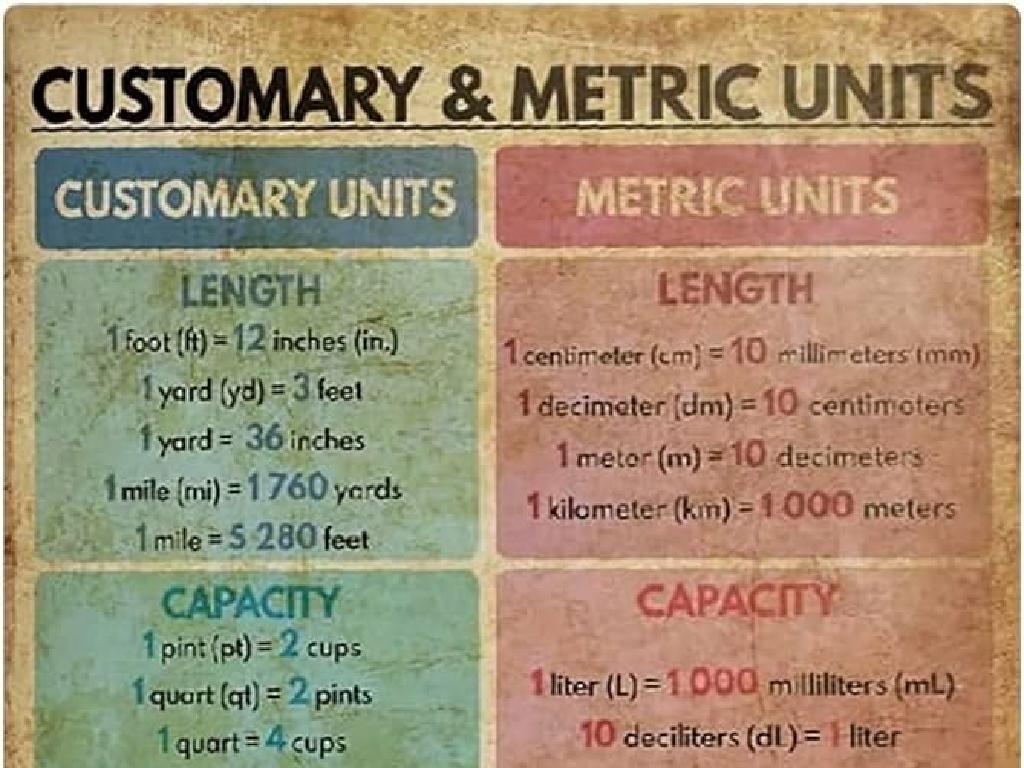The Mongol Empire
Subject: Social studies
Grade: Sixth grade
Topic: Medieval Asia
Please LOG IN to download the presentation. Access is available to registered users only.
View More Content
The Rise and Influence of the Mongol Empire
– Explore Medieval Asia’s context
– A period marked by significant developments and empires
– Overview of the Mongol Empire
– At its peak, it was the largest contiguous land empire
– Learn about Mongol expansion
– How did the Mongols conquer such vast territories?
– Assess the Empire’s impact
– Their influence on trade, culture, and technology
|
This slide introduces students to the grandeur of Medieval Asia, setting the stage for a deeper dive into the Mongol Empire. Students will learn about the historical context of the period, the rise of the Mongol Empire under Genghis Khan, and its unprecedented expansion across Eurasia. The lesson will cover the cultural aspects of the Mongol society, their nomadic lifestyle, and their impact on trade and technology, which reshaped the world in the medieval period. By the end of the lesson, students should be able to understand the key factors that contributed to the success of the Mongols and how their dominance influenced the course of history.
Who were the Mongols?
– Origin of the Mongols
– Nomadic tribes from Central Asia’s steppes
– Mongol nomadic lifestyle
– Nomadism involved moving for resources
– Mastery of horseback riding
– Skilled horsemen with strong warfare tactics
– Genghis Khan’s leadership
– Unified the Mongols into a formidable force
|
The Mongols originated from the steppes of Central Asia, where they lived a nomadic lifestyle, constantly moving in search of grazing grounds for their animals. Their society was heavily reliant on horse riding, which was integral to their way of life and warfare. They were known for their exceptional skills as horsemen and their ability to conduct swift and effective military campaigns. The most famous of their leaders, Genghis Khan, managed to unify the Mongol tribes and established the largest contiguous land empire in history. This slide aims to give students a foundational understanding of the Mongol Empire’s origins and the factors that contributed to their success as conquerors.
The Expansion of the Mongol Empire
– Genghis Khan’s conquests
– Genghis Khan united the Mongols and conquered vast lands across Asia and Europe.
– Successors’ continued expansion
– After Genghis, his descendants extended the empire even further, reaching new territories.
– Largest contiguous land empire
– At its peak, the empire covered over 24 million square kilometers.
– Impact of the Mongol expansion
– The expansion influenced trade, culture, and even population genetics across continents.
|
This slide aims to give students an overview of the Mongol Empire’s growth under Genghis Khan and his successors. Genghis Khan’s leadership was pivotal in uniting the Mongol tribes and initiating a series of conquests that would lead to the largest contiguous land empire in history. His successors, maintaining the momentum, continued to conquer and expand the empire’s reach. The empire’s vastness facilitated the Silk Road trade and cultural exchanges, leaving a lasting impact on the world. Encourage students to consider the magnitude of the Mongol Empire’s expansion and its long-term effects on global history.
Daily Life in the Mongol Empire
– Mongol nomadic vs. settled life
– Mongols moved with herds, but also built cities like Karakorum.
– Silk Road’s role in trade
– The Silk Road flourished, connecting East to West, under Mongol peace.
– Religious tolerance in the Empire
– Mongols respected different beliefs, allowing freedom of religion.
– Cultural exchanges among Mongols
– Ideas and goods were shared, enriching Mongol and other cultures.
|
This slide explores the contrast between the traditional nomadic lifestyle of the Mongols and their adaptation to settled life as they built and governed cities. Emphasize the importance of the Silk Road in facilitating trade and communication across the vast Mongol Empire, which was made safer by the Pax Mongolica. Highlight the Mongol policy of religious tolerance, which allowed for a diverse cultural landscape. Discuss how the Mongols were not just conquerors but also promoters of cultural exchange, influencing art, science, and technology. Encourage students to consider how mobility, trade, and openness to new ideas can impact a civilization.
The Mongol Military: Strategies and Armaments
– Mongol strategic mobility
– Used swift horses for fast movement
– Psychological warfare tactics
– Instilled fear to weaken enemies before battle
– Composite bows and horses
– Key weapons included powerful composite bows
– The Battle of Kalka River
– A decisive 1223 victory demonstrating Mongol tactics
|
This slide delves into the Mongol military’s prowess, highlighting their strategic use of mobility and psychological warfare to outmaneuver and intimidate opponents. Emphasize the importance of the Mongol horse, which allowed for rapid movement across vast terrains, and the composite bow, which was a formidable weapon in their arsenal. Discuss the psychological tactics employed to create fear and disarray among enemy ranks. Use the Battle of Kalka River as a case study to illustrate these points in action, where the Mongols secured a significant victory against the Rus’ princes. Encourage students to consider how these strategies and tools contributed to the Mongols’ success and to reflect on the impact of such a military approach in historical contexts.
The Impact of the Mongol Empire
– Cultural exchange flourished
– Ideas, goods, and technology spread across regions.
– Boosted trade on the Silk Road
– The Silk Road connected Asia with Europe, enhancing trade.
– The Mongols’ economic impact
– Mongol rule standardized coins and promoted safe trade routes.
– The Empire’s enduring legacy
– Modern borders, cultural diversity, and diplomatic ideas stem from the Empire.
|
This slide aims to highlight the significant influence of the Mongol Empire on the world. Emphasize how the Mongols facilitated cultural exchange by connecting diverse civilizations, which led to the spread of ideas, religions, and technologies. Discuss the vital role of the Silk Road in expanding trade, which was made safer and more efficient under Mongol supervision. Explain the economic strategies the Mongols used, such as standardizing currency, which helped stabilize and grow the economy. Lastly, connect the historical impact of the Mongol Empire to its lasting legacy in today’s world, including the shaping of modern nation-states, cultural diversity, and the foundations of diplomatic relations and international law. Encourage students to think about how the past shapes the present and to consider the long-term effects of historical empires on contemporary society.
The Decline of the Mongol Empire
– Division into khanates
– The empire fragmented into smaller khanates, weakening central power.
– Fall of the Yuan Dynasty
– The Yuan Dynasty in China, established by the Mongols, eventually fell.
– Lasting effects on Asia
– Mongol rule influenced culture, trade, and politics in Asia long-term.
– Understanding the decline
|
This slide discusses the factors that led to the decline of the Mongol Empire, a significant period in Medieval Asia. The division of the empire into khanates led to a loss of centralized control and weakened the empire’s power. The fall of the Yuan Dynasty, which was the Mongol-established dynasty in China, marked a significant point in the decline. Despite the empire’s fall, its influence persisted, shaping the development of Asian culture, trade routes, and political landscapes. Students should understand that empires can have lasting impacts even after their decline. Encourage them to think about how the changes brought by the Mongols could have affected the people living during and after the empire’s rule.
Class Activity: Create Your Own Mongol Empire
– Divide into groups, each gets a region
– Research your region’s specifics
– Focus on culture, trade, military, and a major event
– Present findings to the class
– Create a map visual in class
– Use colors, symbols to represent different aspects
|
This interactive group activity is designed to help students engage with the history of the Mongol Empire by researching and presenting on a specific region. Each group will delve into the culture, trade, military strategies, and a significant historical event of their assigned region. After their research, students will present their findings to the class, enhancing their public speaking and collaboration skills. Additionally, they will create a visual representation on a classroom map, which will serve as a hands-on learning tool to better understand the geographical spread and influence of the Mongol Empire. For the teacher: Prepare a list of regions within the Mongol Empire and ensure access to research materials. Possible activities include creating a trade route game, reenacting a historical event, or designing a regional flag. This will foster a deeper understanding of the empire’s diversity and impact on world history.






